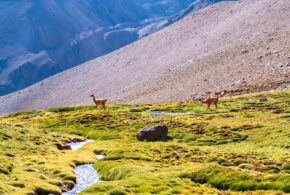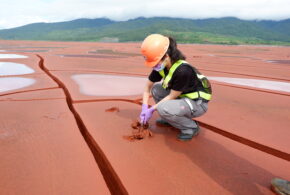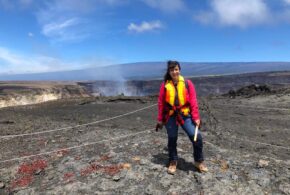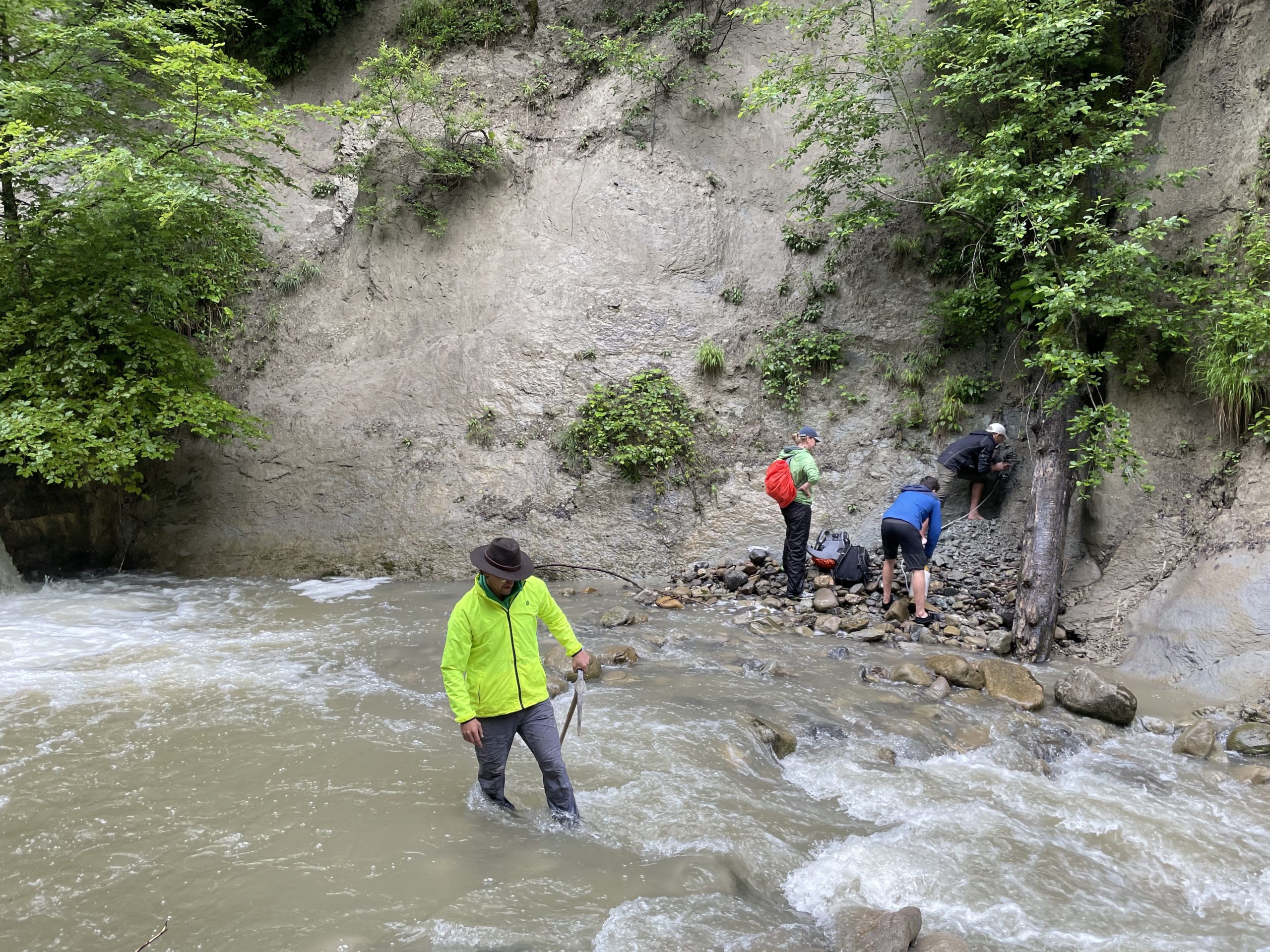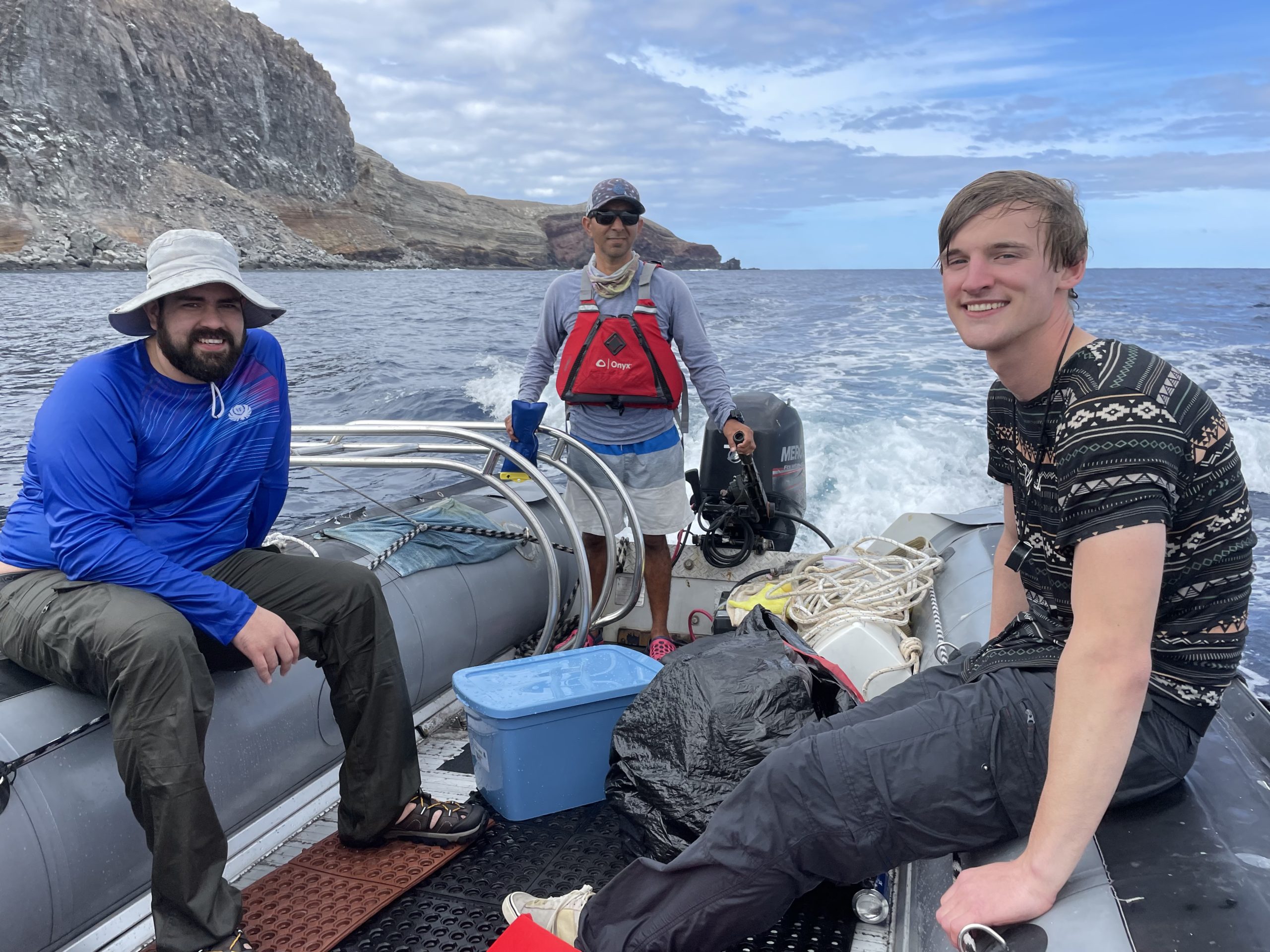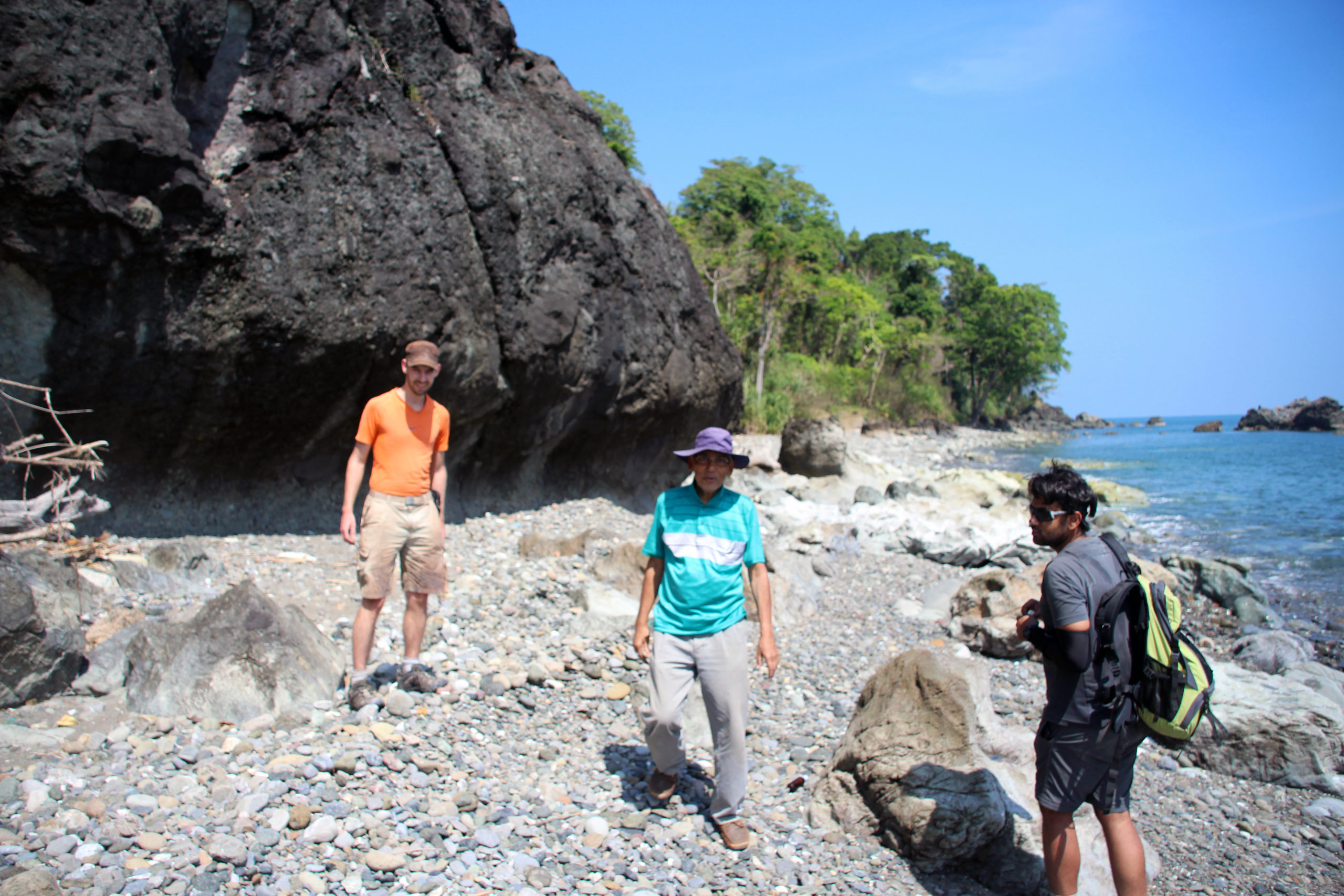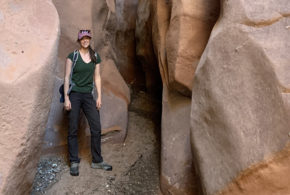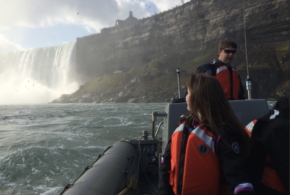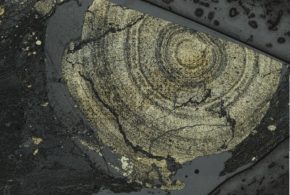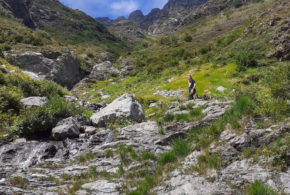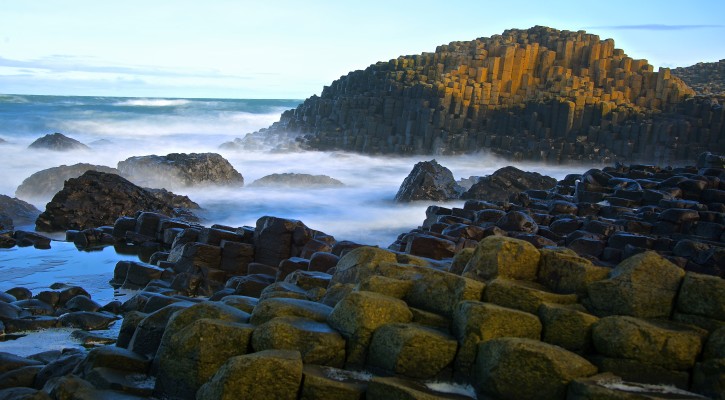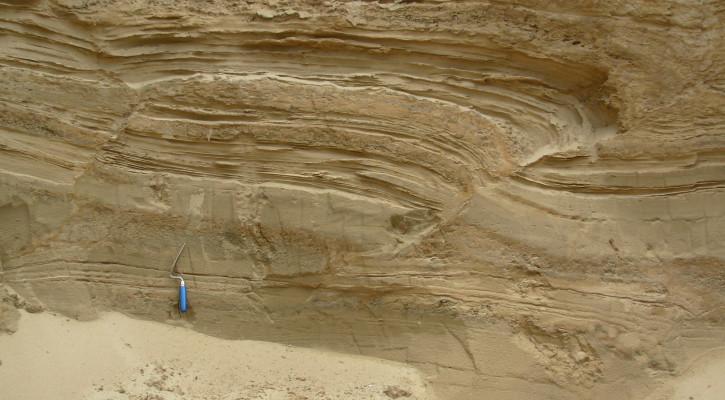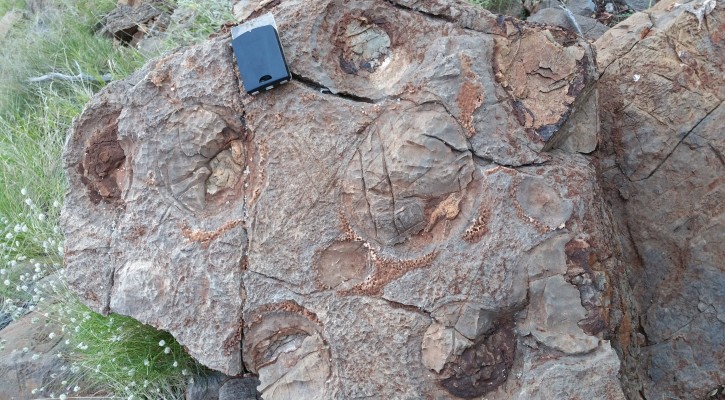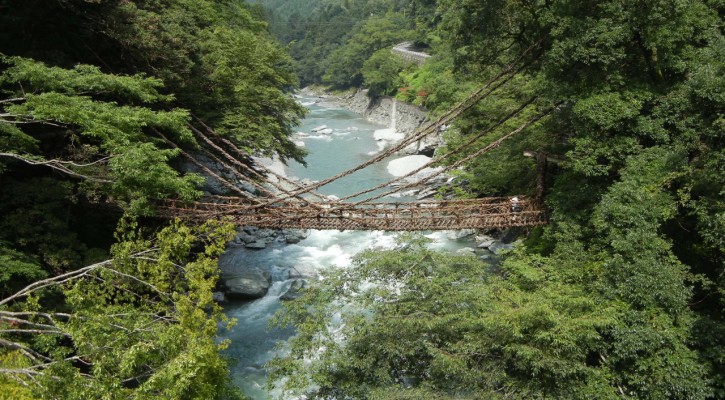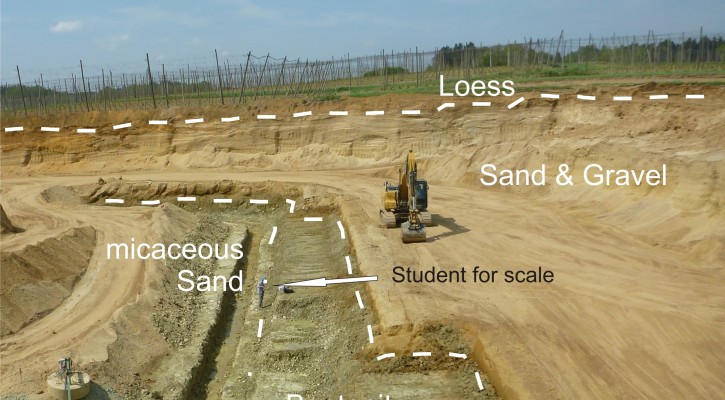In an act to establish dominance among the island giants, Benandonner challenged Fionn mac Cumhaill to battle. So determined was Benandonner to beat Fionn he built a massive stone causeway from Staffa to Ulster. Fionn knew that Benandonner was mightier than he so he conspired with his wife Oonagh to trick Benandonner. Oonagh dressed Fionn as a […]
Glacially-induced seismicity in north-central Europe with Christian Brandes
Christian Brandes researcher and lecturer in the Institute of Geology at the University of Hannover, Germany. You can read about his recent Geology paper concerning glacially-induced intraplate seismicity in northern Central Europe here. Northern Central Europe is regarded as a low-seismicity area, located far away from plate boundaries. Nevertheless, several earthquakes were reported in northern […]
Hamersley Ranges of Western Australia with Martin Van Kranendonk
Martin Van Kranendonk is a Professor of Geology at the University of New South Wales. His research focuses on the early Earth and the evolution of the planetary system through time. He is particularly interested in crust formation processes in the Archean and the interplay and feedback(s) between planetary dynamics and changes in the atmosphere/hydrosphere […]
The Sanbagawa Metamorphic Belt, Japan with Owen Weller
Owen is a Visiting Fellow at the Geological Survey of Canada, researching the tectonometamorphic history of Baffin Island in the Canadian Arctic. I recently completed a short-term Japan Society for the Promotion of Science (JSPS) postdoctoral fellowship at Nagoya University, researching the formation of the Sanbagawa metamorphic belt. The Sanbagawa belt is located in south-west Japan […]
Bentonite formation in Bavaria with Mathias Köster
Mathias Köster is a geologist and doctoral candidate at the Chair of Engineering Geology, Technische Universität München. His passion for clay and industrial mineral deposits has taken him from the Bavarian countryside to the Basin and Range province in Arizona, always looking for interesting rocks. He applies various methods, with a focus on X-ray diffraction […]

